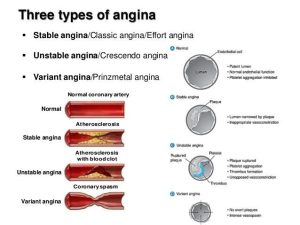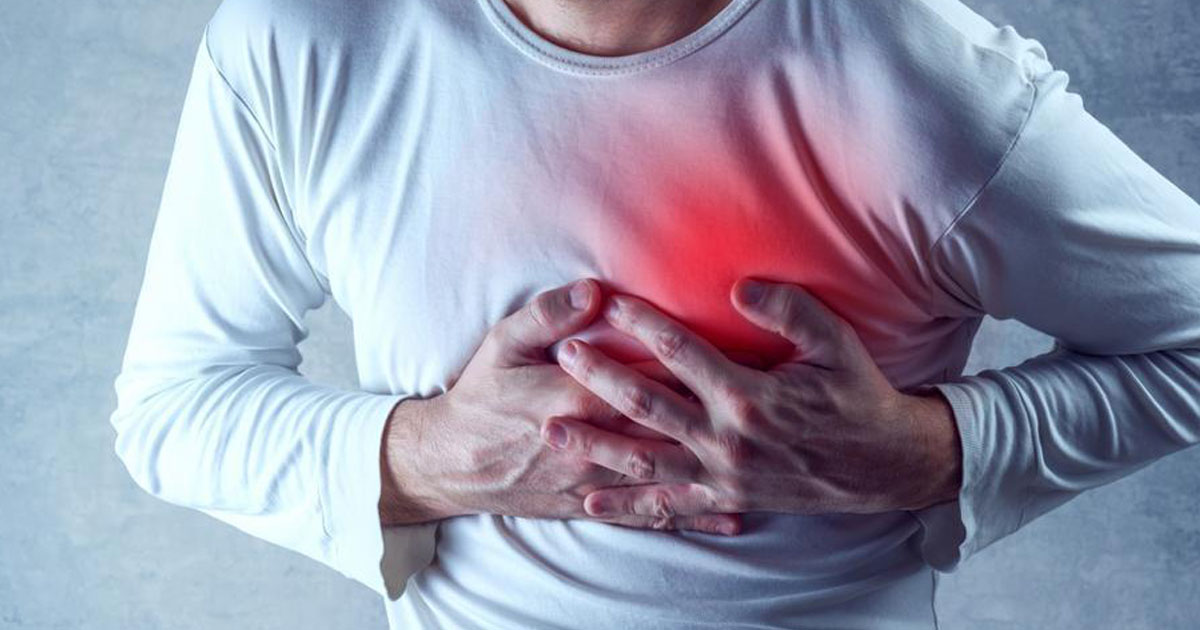What Is Angina?
Angina, also known as ischemic chest pain, is a symptom of heart disease. Discover what causes it and why quick identification is crucial.
Angina Types
1. Stable Angina
- Characteristic Features:
- Triggered by physical activity or stress.
- Typically short-lived, subsiding with rest.
- Considered a potential precursor to a future heart attack.
2. Unstable Angina
- Distinct Characteristics:
- Occurs at rest or during minimal activity.
- Intense and prolonged pain, signaling a potential impending heart attack.
- Urgent medical attention is imperative.
3. Microvascular Angina
- Unique Traits:
- Presence of chest pain without coronary artery blockage.
- Originates from dysfunction in the smallest coronary arteries.
- More prevalent among women.
4. Prinzmetal’s Angina
- Rare Nature:
- Occurs infrequently, often during sleep or rest.
- Involves sudden tightening or narrowing of heart arteries.
- Urgent treatment is necessary.

Symptoms:
- Manifests as aching, burning, discomfort, dizziness, fatigue, or squeezing.
- Pain may radiate to shoulders, arms, neck, throat, jaw, or back.
- Symptoms differ between men and women.
Heart Attack Symptoms
- Occurs when blood flow to the heart muscle is restricted or blocked.
- Chest pain may feel like discomfort, pressure, tightness, burning, fullness, or squeezing.
- Additional symptoms include indigestion, palpitations, nausea, numbness, and unusual fatigue.
| Symptoms | Angina | Heart Attack |
|---|---|---|
| Chest pain | Short duration | Prolonged, potential damage |
| Other symptoms | Varied, usually short-lived | Constant, potential intensity |








